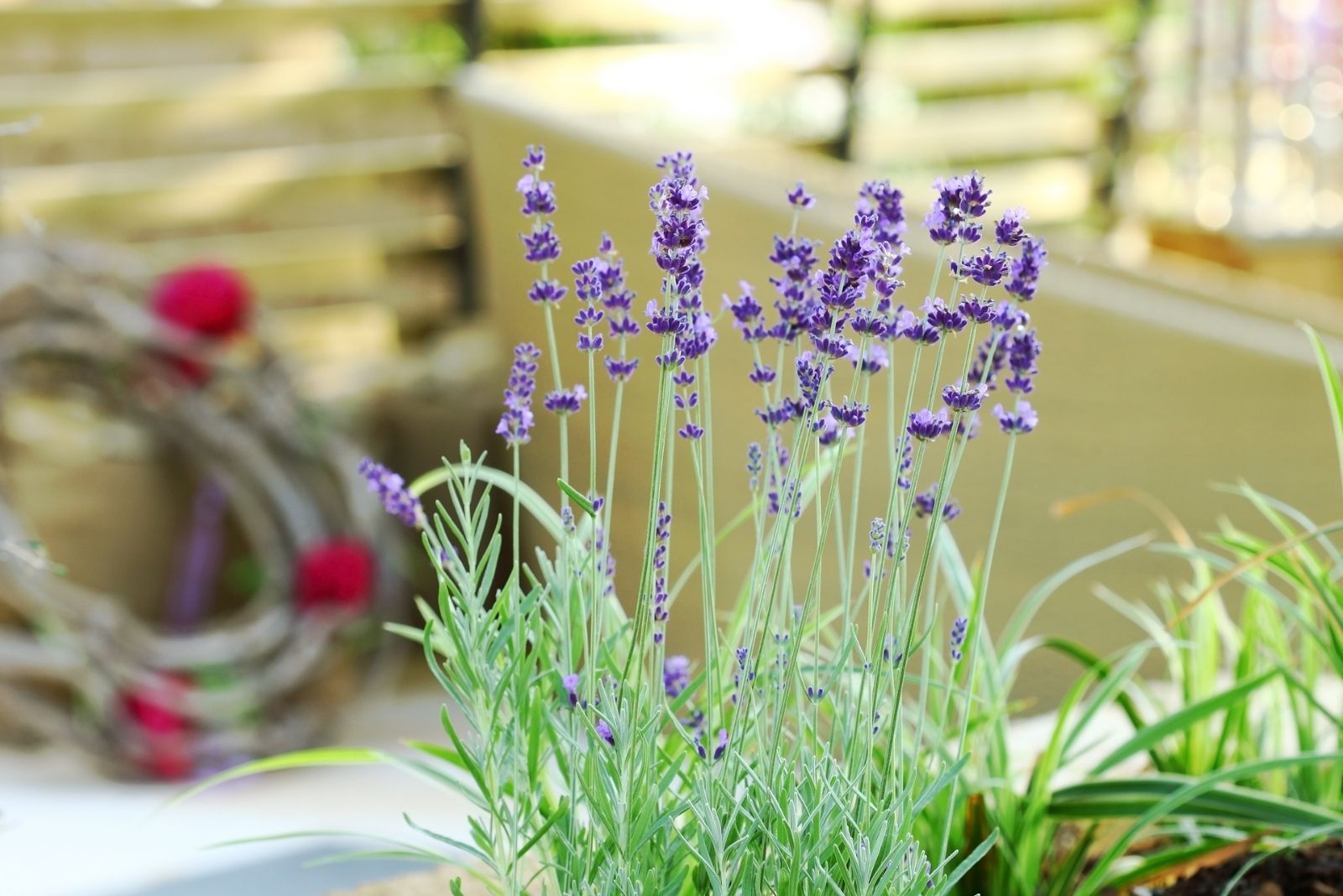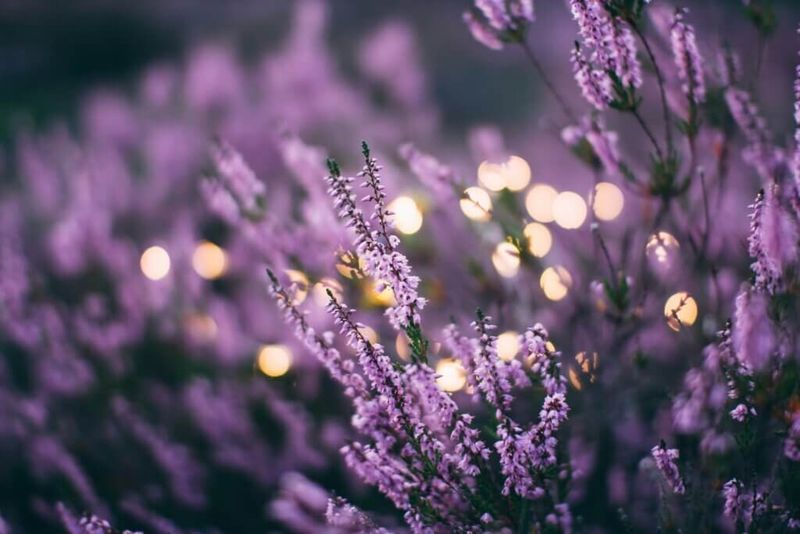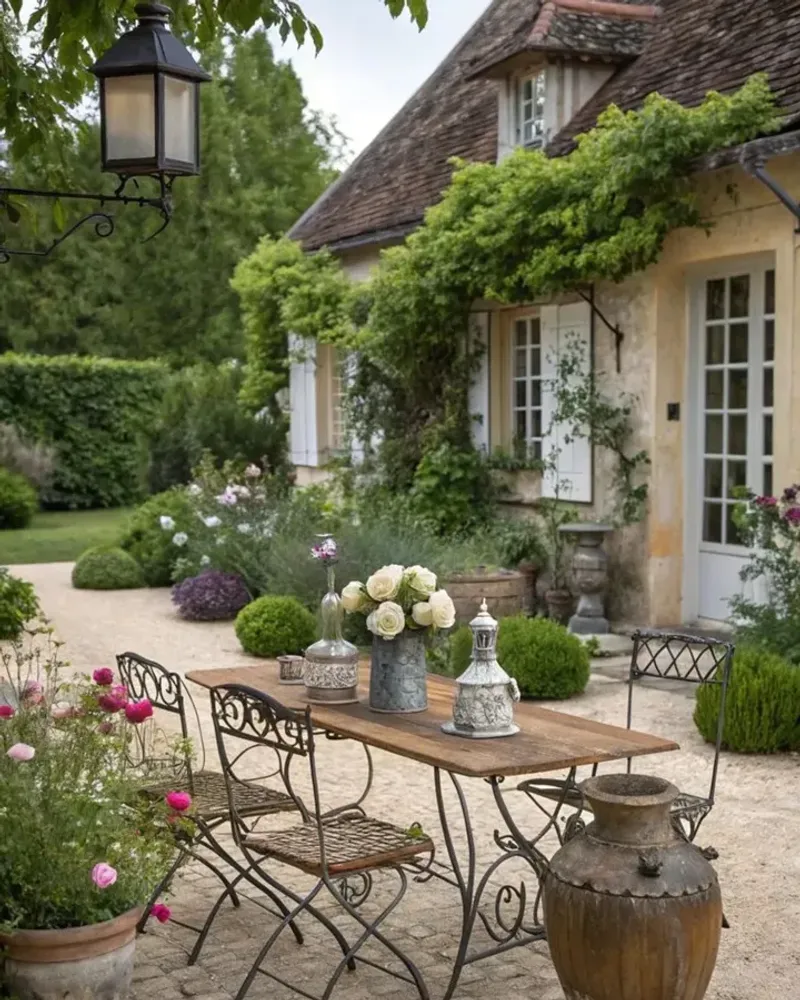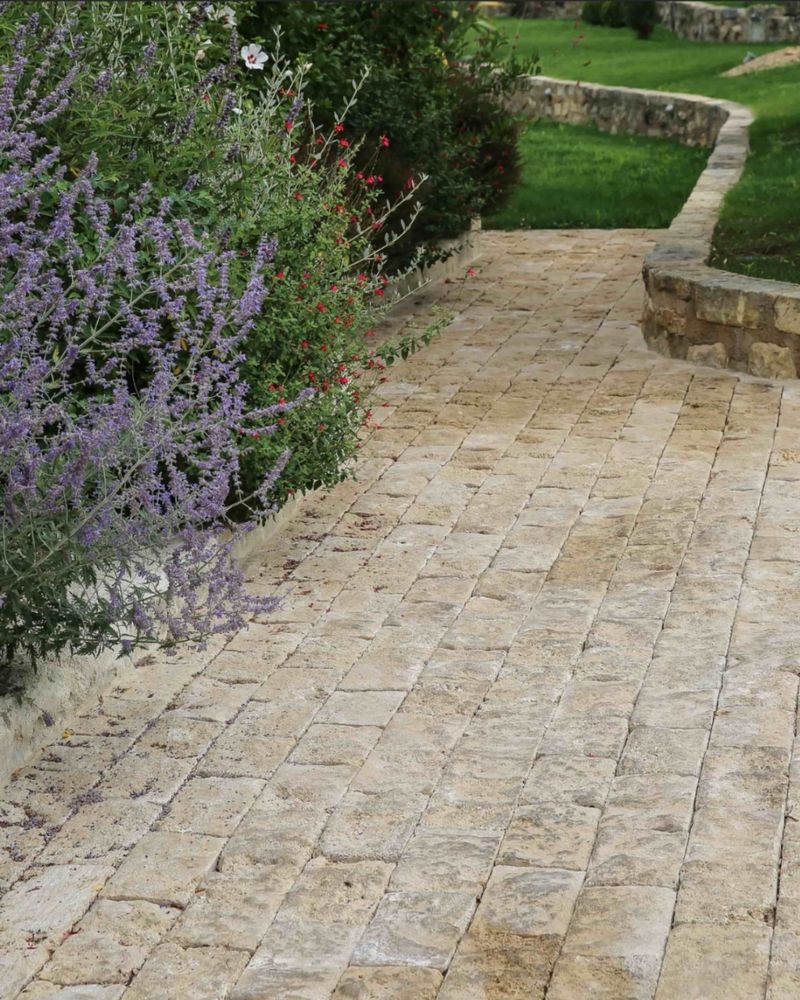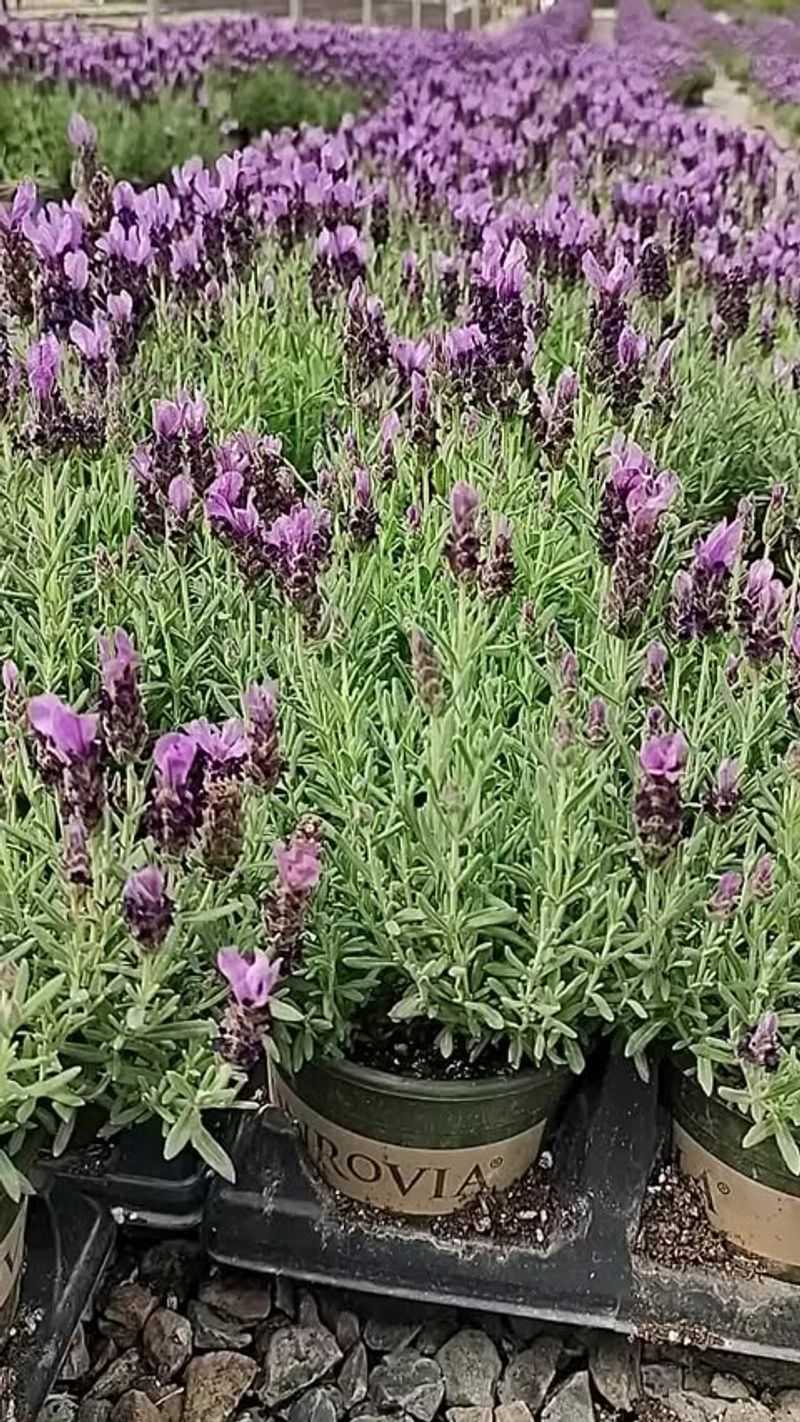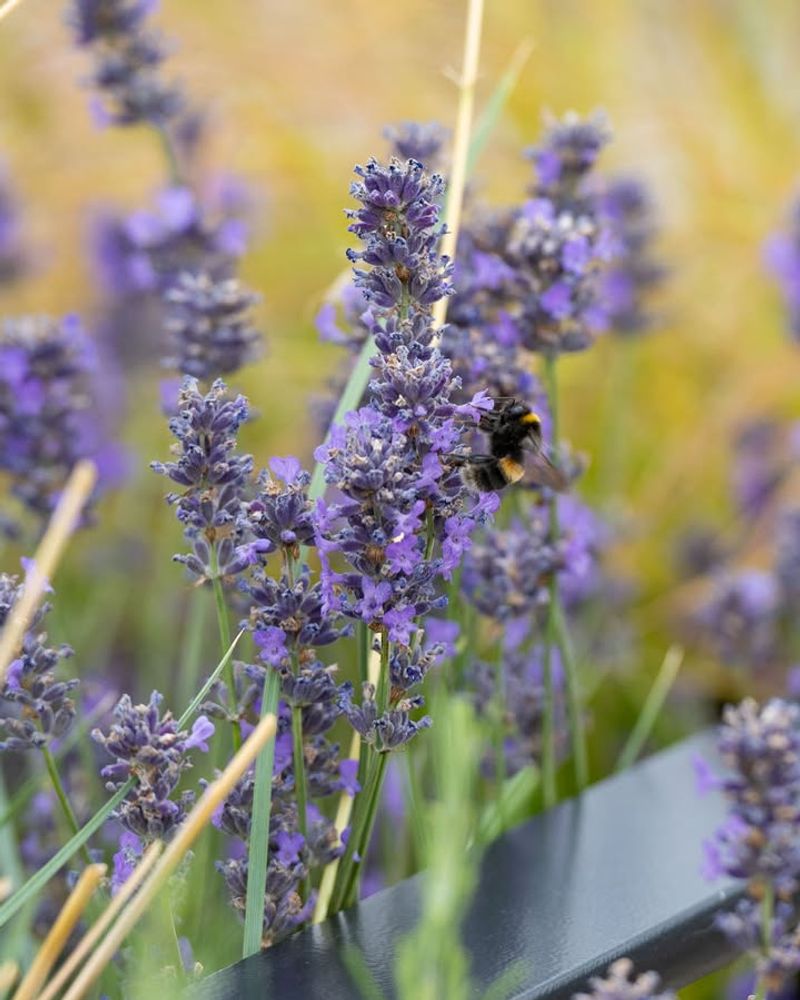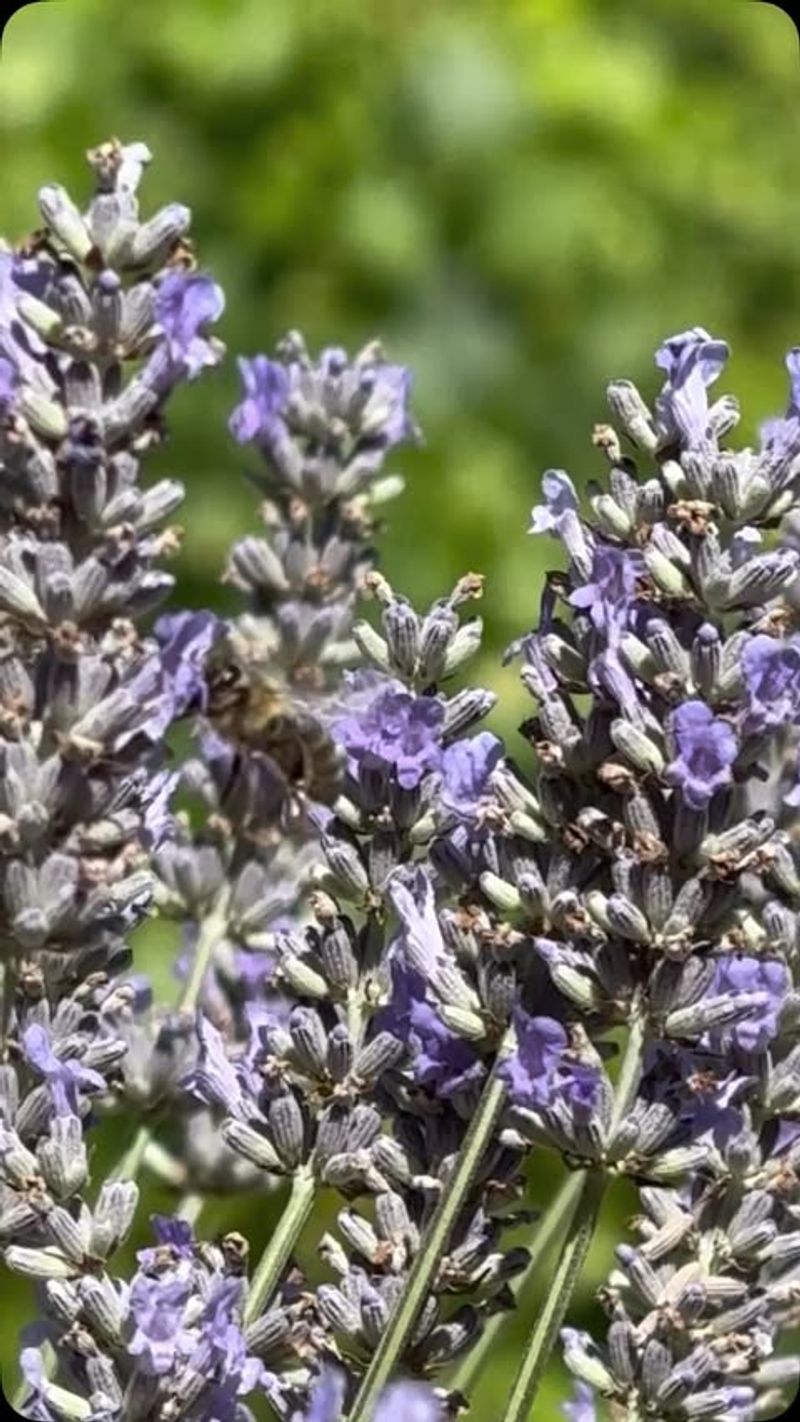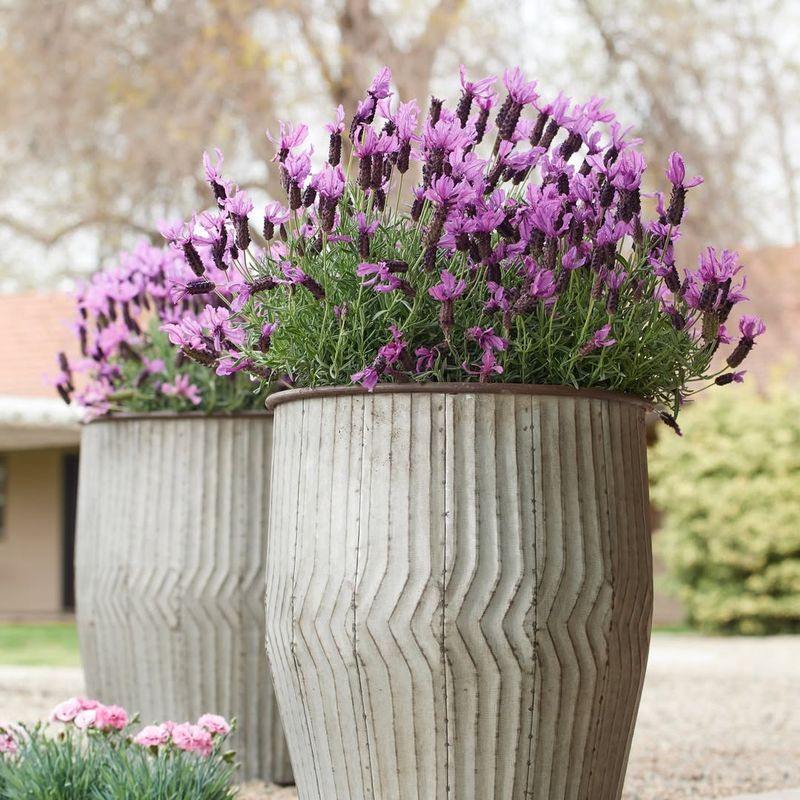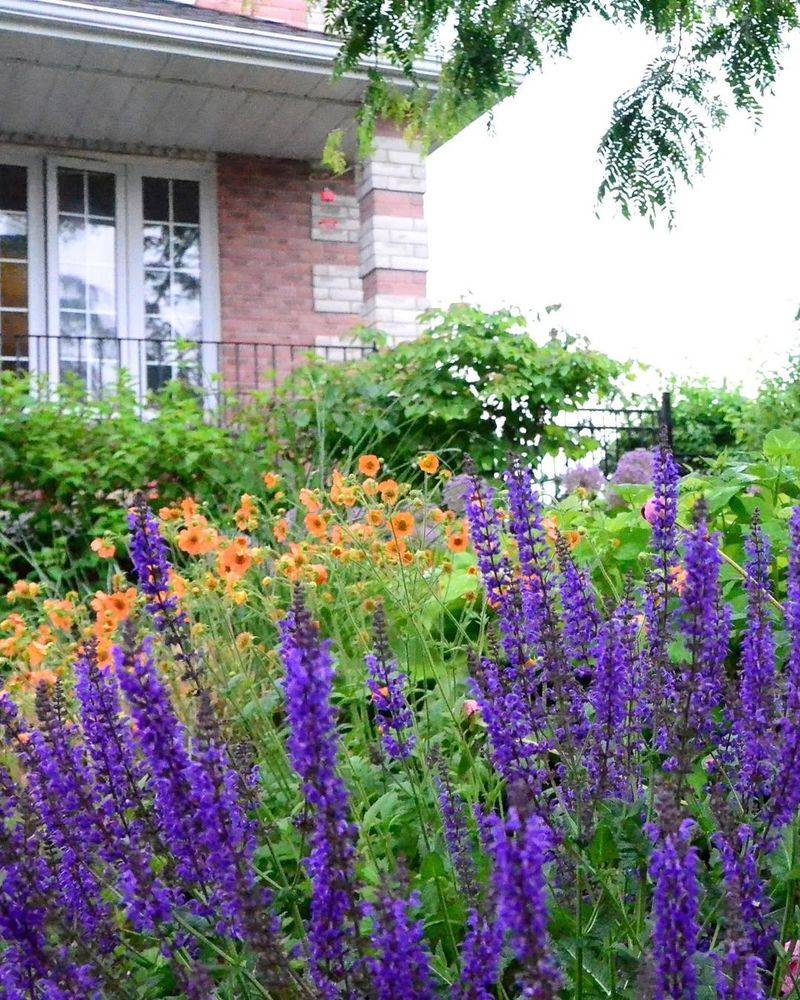Maryland gardens have a special charm, especially around patios where we spend warm evenings and quiet mornings. Our state’s mix of humid summers and mild winters makes lavender an unexpectedly practical and beautiful choice for these outdoor spaces.
In my own Maryland garden, I never realized how much difference lavender could make until I planted it near the patio. This hardy herb adds more than fragrance—it’s useful, low-maintenance, and perfect for creating relaxing outdoor spots you’ll actually want to use.
1. Keeps Mosquitoes And Pests Away Naturally
Maryland summers bring humidity, which unfortunately means mosquitoes love our outdoor spaces just as much as we do. Planting this fragrant herb near seating areas creates a natural barrier that discourages these biting pests without chemical sprays.
A few well-placed pots near your chairs and tables can make evening gatherings much more comfortable. The scent humans find pleasant actually confuses and repels mosquitoes, flies, and even some moths.
For me, having this natural pest control by the patio made evening coffee outside much more enjoyable. I noticed fewer bug bites and spent less money on citronella candles.
2. Fills The Air With A Calming Scent
Walking past these purple blooms releases their signature aroma, which instantly transforms your patio into a more peaceful retreat. Maryland’s warm afternoons intensify the fragrance, especially when the sun hits the plants directly.
The scent carries naturally on breezes without being overwhelming or artificial like store-bought air fresheners. Many people find it helps them unwind after long workdays, making outdoor relaxation even more effective.
Every time I brush past the plants near my seating area, that familiar smell reminds me to slow down and breathe. It’s become part of what makes my patio feel like a true escape.
3. Adds Subtle Color And Texture To Patio Edges
Most patios need something to soften hard edges where concrete or stone meets lawn or mulch. These plants provide gentle purple hues and silvery-green foliage that complement almost any outdoor design style.
Unlike bright annuals that need constant replacement, this perennial keeps its structure through multiple seasons. The texture contrasts nicely with flat hardscaping while staying compact enough not to crowd walkways.
When I first added them along my patio border, I was surprised how much softer the whole space looked. The color isn’t demanding, just quietly attractive throughout the growing season.
4. Thrives In Maryland’s Sunny Spots
Our state gets plenty of sunshine during growing months, which is exactly what this Mediterranean herb prefers. Full sun locations near patios—often too hot for shade-loving plants—become perfect growing spots.
Once established, these plants handle Maryland’s occasional drought periods better than most garden favorites. They actually prefer drier soil, which means less watering work for you during busy summer weeks.
I planted mine in the sunniest corner of my patio, where nothing else seemed happy. Now that spot is thriving with minimal effort, proving sometimes the toughest conditions suit the right plant perfectly.
5. Attracts Pollinators Without Drawing Pests
Watching bees and butterflies visit your patio garden adds life and movement without inviting unwanted guests. The flowers attract beneficial pollinators throughout summer while naturally deterring the insects you don’t want around.
Maryland gardeners often struggle finding plants that support pollinators without also attracting Japanese beetles or aphids. This herb rarely suffers pest damage, making it ideal for spaces where you eat and relax.
Since adding these near my outdoor dining area, I’ve enjoyed watching bumblebees work the blooms during lunch. It feels good supporting local pollinators without worrying about pest problems ruining my plants or meals.
6. Easy To Maintain Even Through Maryland Summers
Busy schedules mean patio plants need to survive some neglect, especially during Maryland’s hot July and August weeks. These hardy perennials require minimal care once they’re established—just occasional trimming and very little water.
Unlike fussy annuals demanding constant deadheading and fertilizing, this herb mostly takes care of itself. A light pruning after blooming and good drainage are really all it asks for.
During one particularly hectic summer, I barely touched my patio plants for weeks. Everything else looked stressed, but these purple beauties kept right on thriving, which earned my permanent respect and garden space.
7. Perfect For Container Gardening
Not every Maryland patio has surrounding garden beds, but containers work beautifully for growing this versatile herb. Pots allow you to position plants exactly where you want fragrance and color, moving them as needed.
Container growing also solves drainage concerns since Maryland clay soil can stay too wet for Mediterranean plants. Using well-draining potting mix in containers creates ideal growing conditions even if your yard soil isn’t suitable.
My entire patio garden is container-based, and these plants have been among my most successful potted perennials. They come back reliably each spring and look attractive even when not blooming.
8. Pairs Beautifully With Other Patio Plants
Creating an attractive patio garden means choosing plants that complement each other in growth habits and appearance. These purple bloomers work wonderfully with other Mediterranean herbs like rosemary, sage, and thyme.
The silvery foliage provides nice contrast against darker greens while sharing similar care requirements with companion plants. This makes maintenance simpler since everything needs the same sun exposure and watering schedule.
When I designed my patio herb collection, grouping these together created a cohesive look that’s both functional and attractive. Guests often comment on how naturally everything flows together, which makes me feel like an actual landscape designer.

